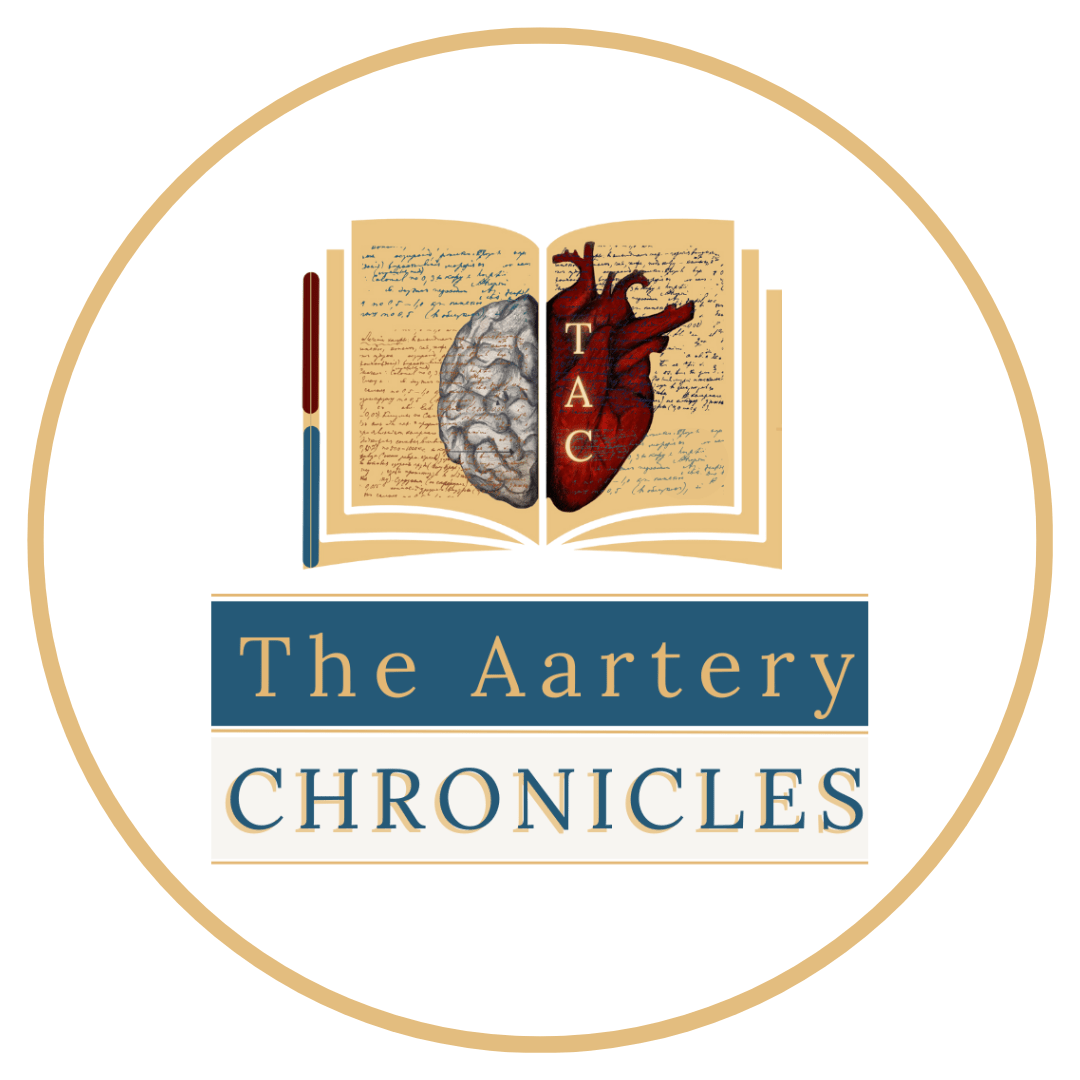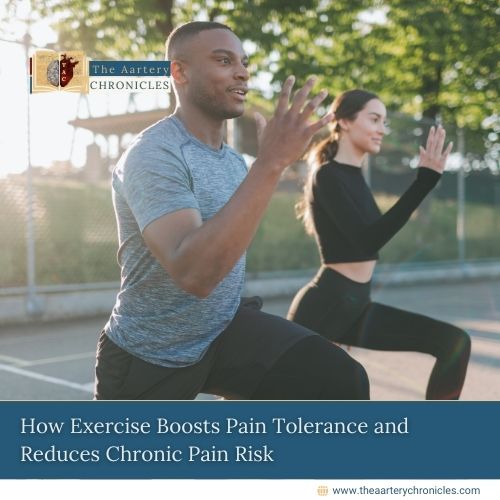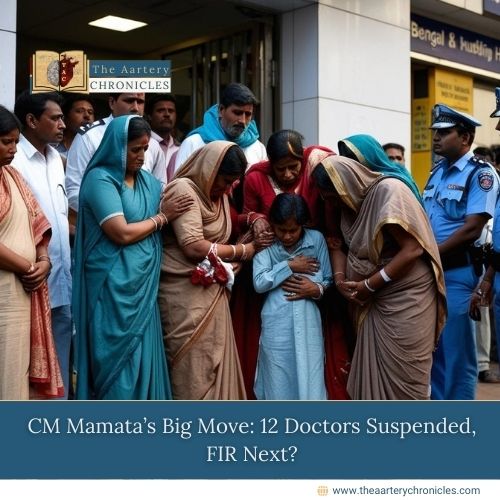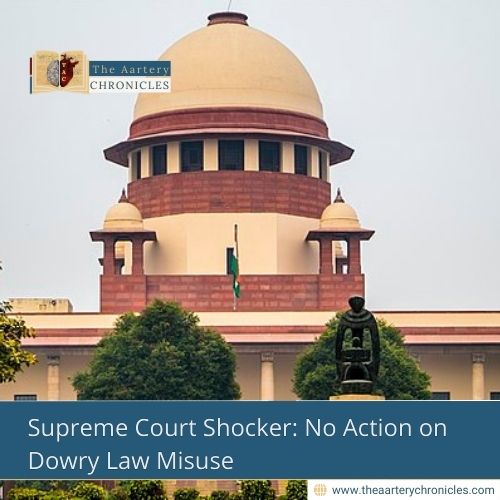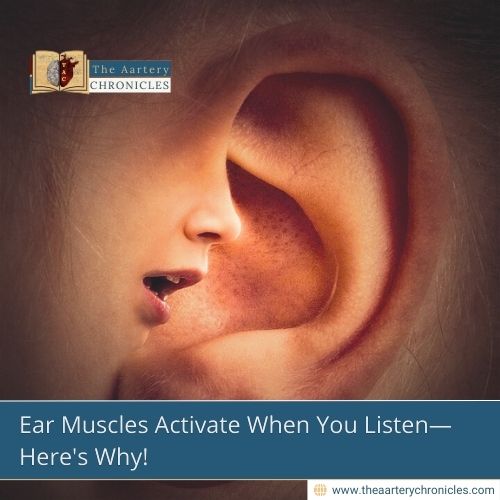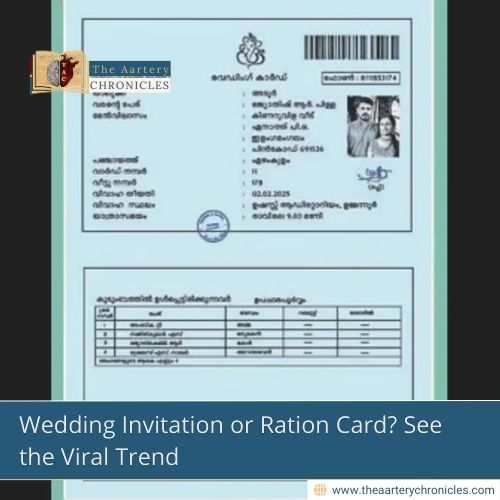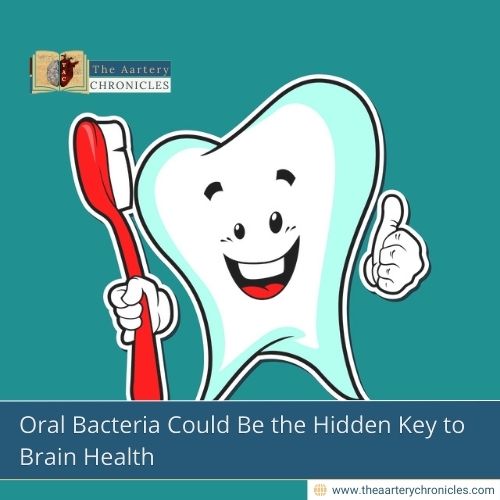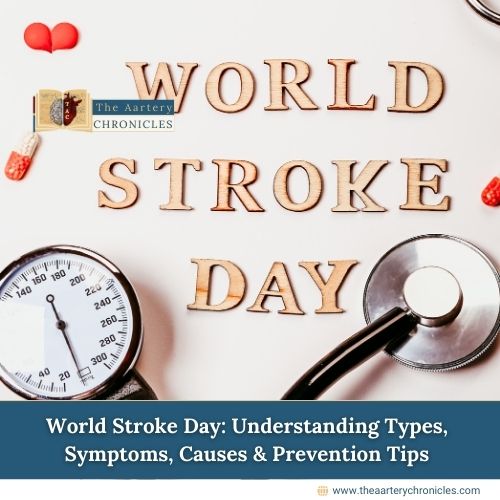
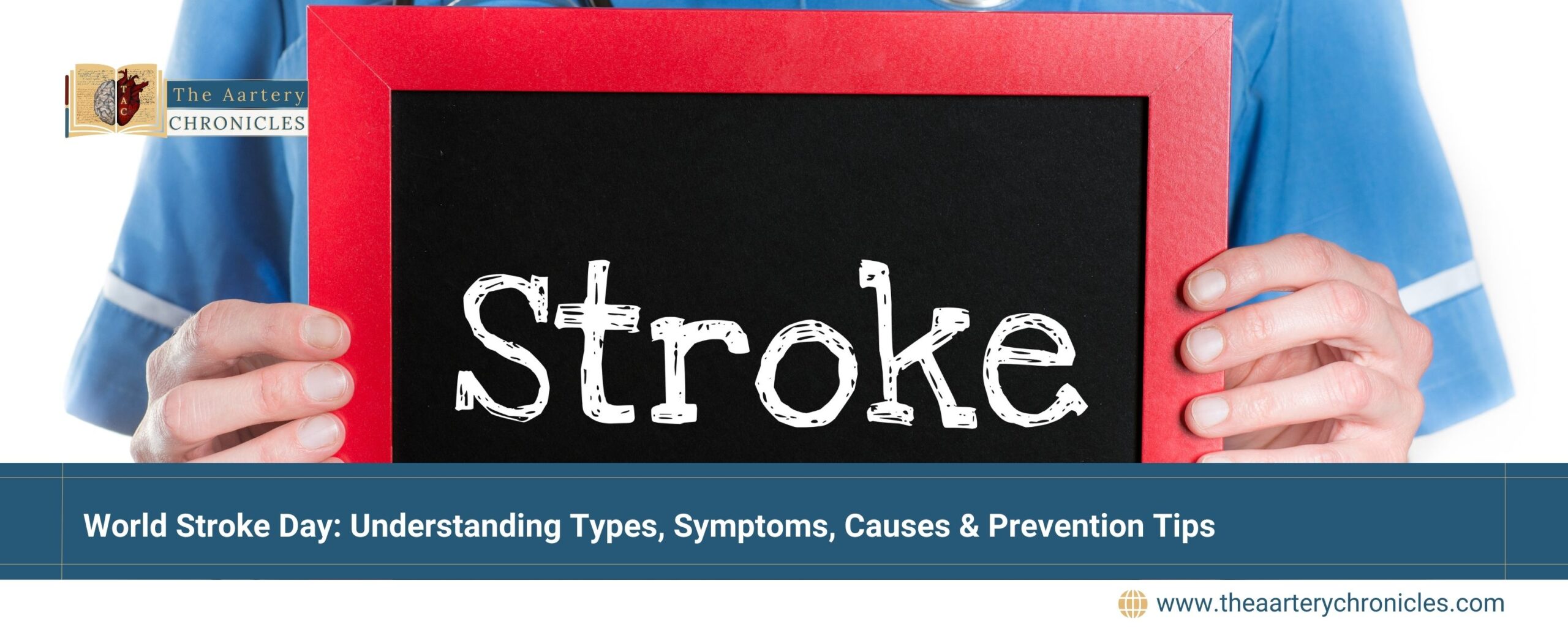
Types of Stroke: Understanding Symptoms, Causes, and Treatment
World Stroke Day is observed every year on October 29 to highlight the severe impact and prevalence of strokes. It also serves to raise awareness about stroke prevention and available treatment options.
Strokes are medical emergencies that occur when the blood supply to part of the brain is interrupted or reduced, thereby depriving brain tissue of oxygen and nutrients. This calls for immediate attention, as early and timely intervention can significantly reduce brain damage and improve recovery outcomes.
Importance of world Stroke Day
Stroke is the world’s second most common cause of death and the third leading cause of death and disability combined. Each year in India, between 105 and 152 out of every 100,000 people experience a stroke. Stroke cases are rising as the population ages, and more young people in low- and middle-income countries are also experiencing strokes. Although ischemic strokes happen more often, hemorrhagic strokes tend to cause higher rates of death and disability
What is stroke?
A stroke is a condition in which brain cells suddenly die due to a lack of oxygen. It occurs due to one of the factors
- When there is an obstruction of blood flow
- Rupture of damaged/weak blood vessels in the brain
This article explores the types of stroke, their causes, symptoms, and the critical differences in symptoms between men and women.
Types of Stroke
1. Ischemic Stroke
Ischemic stroke is the most prevalent type, accounting for approximately 87% of all strokes. It occurs when a blood clot obstructs a vessel supplying blood to the brain. This category is further divided into:
- Thrombotic Stroke: A blood clot forms in an artery supplying blood to the brain, often due to plaque buildup from atherosclerosis.
- Embolic Stroke: A blood clot originates elsewhere in the body, commonly in the heart, and travels to the brain, blocking a blood vessel
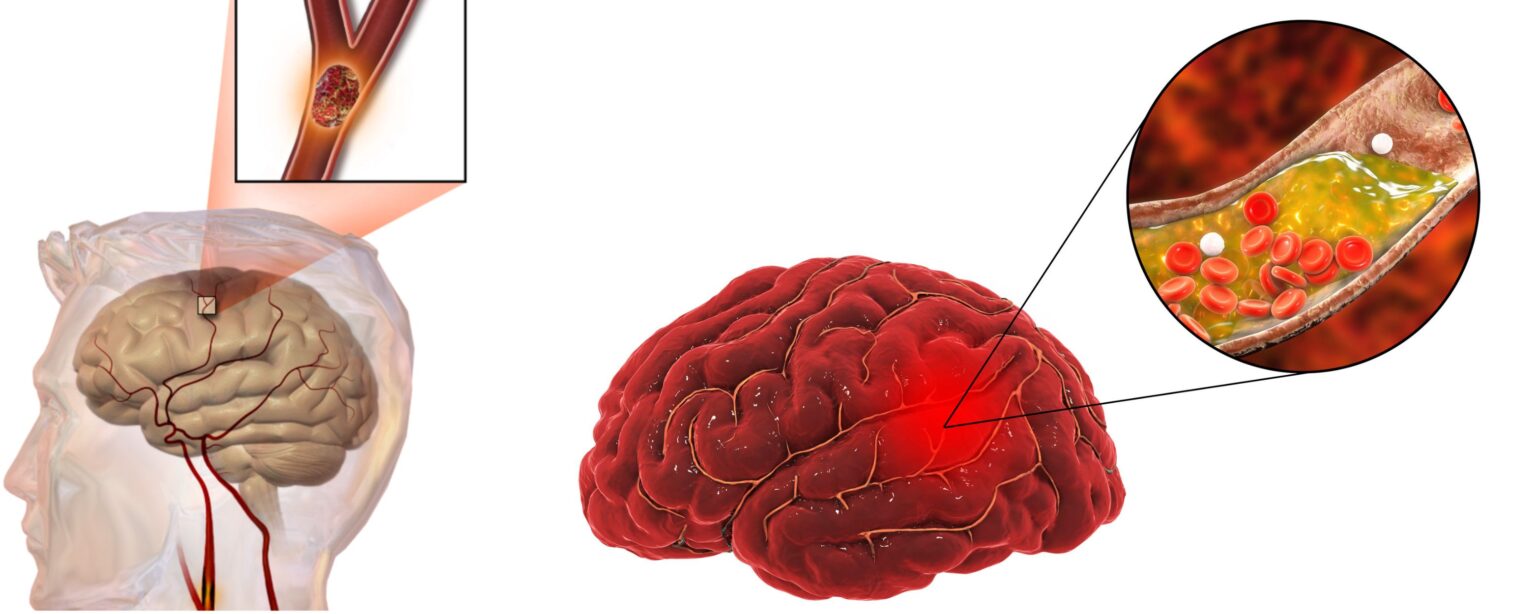
2. Hemorrhagic stroke
A hemorrhagic stroke occurs when a blood vessel ruptures in or near the brain, leading to bleeding and increased pressure on brain tissues. The main subtypes include:
- Intracerebral Hemorrhage: This happens when an artery in the brain bursts, flooding the surrounding tissue with blood.
- Subarachnoid Hemorrhage: This type involves bleeding in the area between the brain and the thin tissues that cover it.
3. Transient Ischemic Attack (TIA)
Commonly known as a “mini-stroke,” a transient ischemic attack is characterized by a temporary blockage of blood flow to the brain.
- TIAs typically last only a few minutes and do not result in permanent damage.
- However, they serve as serious warning signs, indicating a heightened risk of future strokes.
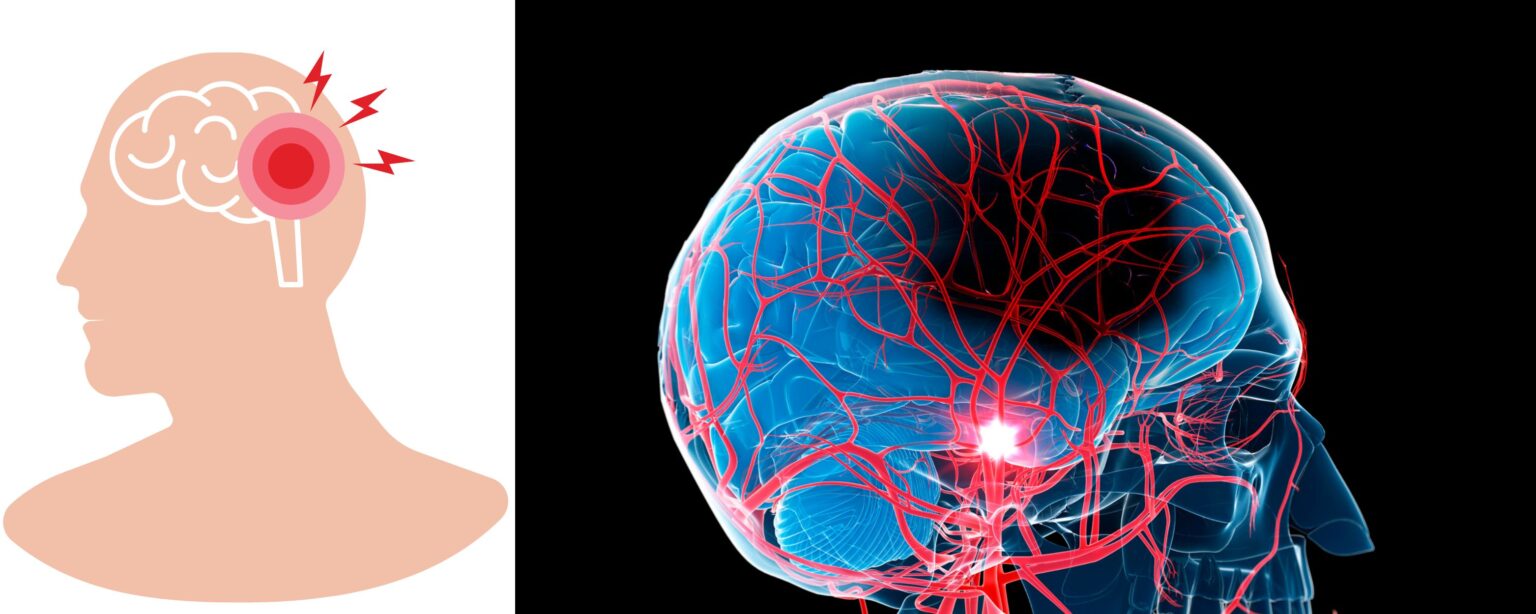
Stroke Causes
Various factors increase the likelihood of developing a stroke. The main causes of stroke include:
- High Blood Pressure: Chronic hypertension can damage blood vessels, making them more prone to clotting and rupture.
- Heart Disease: Conditions like atrial fibrillation increase the risk of blood clots that may lead to stroke.
- Diabetes: High blood sugar damages blood vessels over time, increasing stroke risk.
- Smoking and Alcohol Use: These can damage blood vessels and increase blood pressure, both of which raise stroke risk.
- Obesity: Excess weight can lead to high blood pressure, diabetes, and other conditions that elevate stroke risk.
Recognizing Stroke Symptoms
Stroke symptoms vary depending on the type of stroke and the part of the brain affected. Common signs of stroke may include:
- Sudden Numbness or Weakness:
- It usually affects the face, arm, or leg
- Occurs mostly on one side of the body
- Confusion and Difficulty Speaking:
- Trouble with speech
- Understanding language
- Impaired cognitive functions
- Vision Problems:
- Sudden vision loss
- Blurriness in one or both eyes
- Dizziness and Loss of Balance:
- Unsteadiness
- Difficulty walking
- A sudden, severe headache without an apparent cause
Mild Stroke Symptoms
Some strokes, particularly mild strokes or transient ischemic attacks, may present with less severe symptoms. These may include
- Temporary numbness
- Slight speech difficulties
- Brief vision changes
Although the symptoms are short-lived, they should never be ignored.
Stroke Symptoms in Women vs. Men
While men and women may experience similar stroke symptoms, stroke symptoms in women can sometimes be subtler. Women may experience additional signs, including:
- Sudden Behavioral Changes:
- Sudden confusion
- Agitation
- Hallucinations
- Hiccups and Nausea: Women may experience unusual symptoms such as
- Hiccups
- Nausea
- Chest pain
- Weakness Throughout the Body: Women may feel weak all over rather than on just one side.
Stroke Diagnosis
Diagnosis typically involves a series of tests, including:
- CT Scan: A brain CT scan helps identify the type of stroke and the affected area.
- MRI: MRI provides a detailed image of the brain, helping detect brain damage.
- Blood Tests: Assessing cholesterol, blood clotting, and blood sugar levels helps pinpoint stroke risk factors.
- Electrocardiogram (ECG): Helps identify heart rhythm issues that could lead to embolic strokes.
Stroke Treatment
Early intervention is key to minimizing damage. Stroke treatment options vary depending on the type of stroke
Stroke Symptoms in Women vs. Men
- Ischemic Stroke Treatment:
- Thrombolytic Therapy:
- Tissue plasminogen activator (tPA) can dissolve clots in ischemic strokes
- It should be ideally given within 4.5 hours of symptom onset.
- Mechanical Thrombectomy: In some cases, a catheter-based procedure removes the clot from the blood vessel.
- Hemorrhagic Stroke Treatment:
- Medication: Drugs may be necessary to control
- Blood pressure
- Reduce intracranial pressure
- Prevent seizures
- Surgery: Procedures to repair blood vessels, are sometimes performed to stop bleeding and prevent further hemorrhage such as
- Clipping
- Coiling
- Medication: Drugs may be necessary to control
- TIA Management:
- Antiplatelet and Anticoagulant Drugs: Aspirin or other blood thinners may be prescribed to prevent future strokes.
- Lifestyle Changes: Reducing risk factors through lifestyle adjustments is crucial, such as
- High blood pressure
- Cholesterol
- Obesity
Preventing Stroke
Some risk factors are non-modifiable, such as age and family history, but stroke prevention is often possible with lifestyle changes and proper medical management.
- Regular Exercise and a Balanced Diet: Maintaining a healthy weight and controlling blood pressure can reduce stroke risk.
- Quit Smoking: Smoking cessation is one of the most effective ways to prevent stroke.
- Monitor Chronic Conditions: Regularly monitor and manage conditions like diabetes and high cholesterol to prevent vascular issues.
Conclusion
Understanding the types of stroke and recognizing the early signs of stroke can save lives. Strokes are serious conditions with potentially devastating effects, but prompt treatment can make a significant difference in recovery. By managing risk factors and seeking immediate care at the first sign of symptoms, individuals can improve their odds of avoiding long-term complications.
- American Stroke Association. (2023). Types of Stroke. Available at: https://www.stroke.org/en/about-stroke/types-of-stroke
- Mayo Clinic. (2023). Stroke: Causes, Symptoms, and Treatments. Available at: https://www.mayoclinic.org/diseases-conditions/stroke/symptoms-causes/syc-20350113
- Centers for Disease Control and Prevention (CDC). (2023). Stroke Signs and Symptoms. Available at: https://www.cdc.gov/stroke/signs_symptoms.htm
